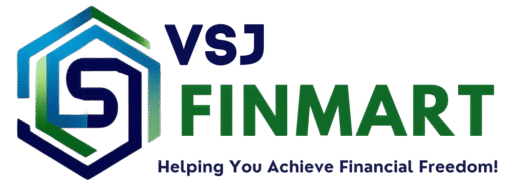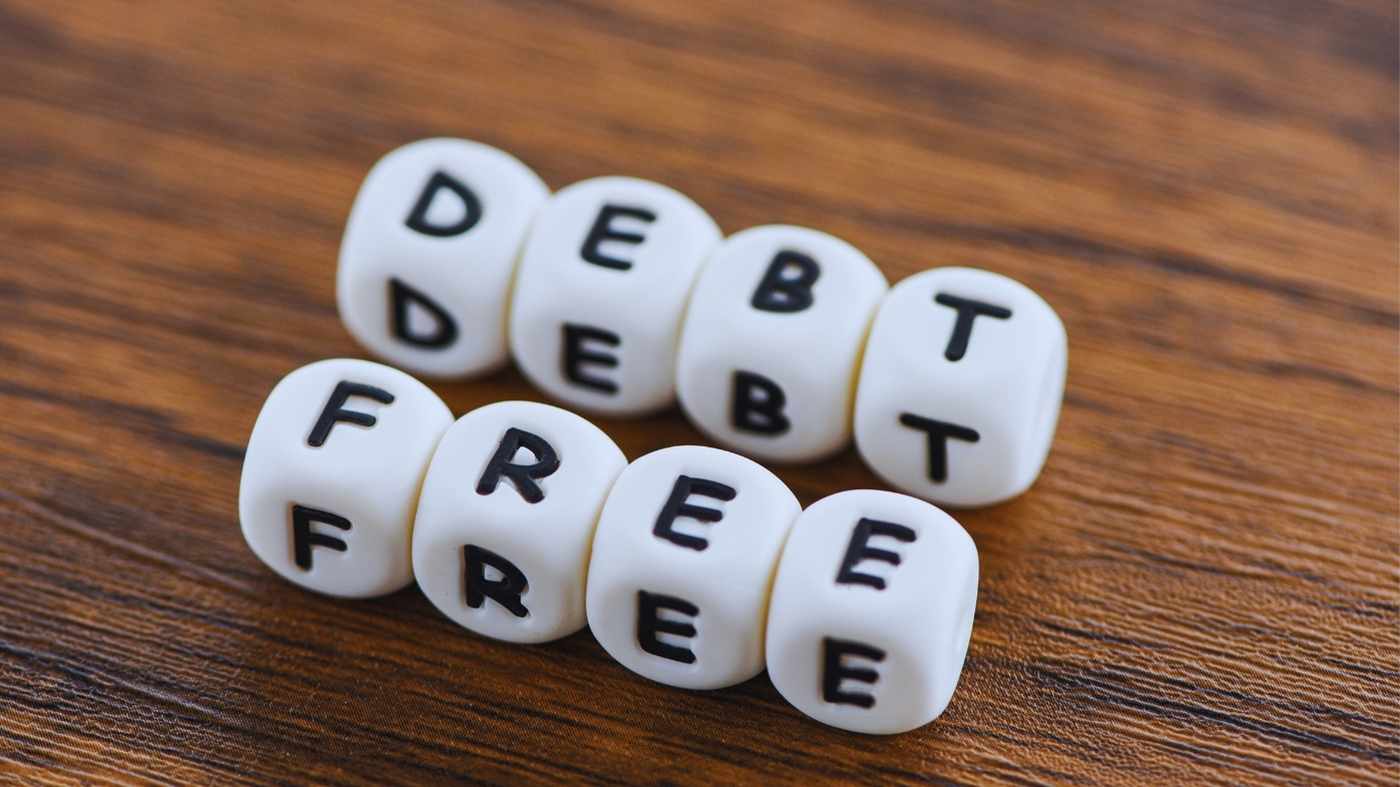Breaking free from debt can feel overwhelming to young earners. Monthly payments for education, credit cards, and personal loans can make it hard to save and achieve financial goals. However, with proper financial planning, becoming debt-free is possible.
What is Breaking Free From Debt?
Breaking free from debt means liberating yourself from financial obligations owed to creditors or financial institutions. It involves actively working towards paying off existing debts and implementing strategies to prevent future debt accumulation. This process requires a structured plan to manage outstanding debts, make lifestyle adjustments, and regain financial stability.
How Debt Affects Your Life
Debt can impact various aspects of life, affecting financial well-being, mental health, relationships, and overall quality of life. Here’s how:
- Financial Stress: Struggling to make monthly payments and cope with interest charges can lead to constant worry and stress.
- Limited Financial Flexibility: Too much debt can prevent you from reaching your financial dreams, like buying a house or starting your own business.
- Strained Relationships: Money issues can cause conflicts among partners or family members.
- Impact on Credit Score: Accumulating debt and missing payments can lower credit scores, affecting future loan eligibility.
- Health Consequences: Financial stress may lead to anxiety, depression, and other health issues.
- Opportunity Costs: Repaying debt limits savings, investments, and spending on priorities like education and retirement.
- Lifestyle Changes: Debt repayment often requires cutting expenses and delaying major life milestones.
- Legal Consequences: Not paying your loans can result in legal trouble, like asset seizure.
Learning about these consequences can drive you to work actively towards being debt-free.
10 Tips for Breaking Free from Debt
Debt can feel overwhelming, but with the right approach, you can take control of your finances and work towards a debt-free future. Here are ten actionable steps to help you break free from debt and real-life examples to illustrate each point.
1. Understand Your Outstanding Debt
The first step to becoming debt-free is to get a clear picture of all the money you owe. This means listing every debt you have, including:
- Outstanding balances
- Interest rates
- Minimum monthly payments
- Loan tenures
This information will help you create a structured repayment plan and prevent you from feeling overwhelmed.
Example:
Rahul, a 27-year-old IT professional, had five different loans: two credit cards, a personal loan, and an education loan. He created a simple spreadsheet listing all his debts, interest rates, and due dates. By doing this, he realised that one of his credit cards had an interest rate of 36% annually, while his personal loan was 12%. This helped him prioritise which debt to tackle first.
2. Create a Budget
A well-structured budget ensures you manage your income effectively and allocate money wisely between essential expenses, savings, and debt repayments.
How to create a budget:
- Track your monthly income and expenses.
- Categorise your expenses into needs (rent, food, utilities), wants (dining out, subscriptions), and savings/debt payments.
- Allocate a fixed portion of your income toward debt repayment.
- Cut down on unnecessary spending.
Example:
Priya, a marketing executive, struggled with multiple EMI payments. She used a budgeting app to track her expenses and realised she spent ₹5,000 per month on takeout food. She decided to cook at home and redirected ₹5,000 toward her debt payments. Within a year, she had paid off one of her loans early.
3. Prioritise High-Interest Debt
Debts with high interest rates multiply and can keep you stuck in a repayment cycle. To break free, focus on clearing the highest-interest debts first. This approach, known as the Debt Avalanche Method, helps you save money on interest in the long run.
Example:
Amit had a personal loan with a 14% interest rate and a credit card balance with a 36% interest rate. Instead of making equal payments on both, he directed more money toward the credit card while paying the minimum on the personal loan. This saved him thousands in interest payments over time.
4. Explore Debt Consolidation
Debt consolidation can simplify your repayments with multiple debts with high interest rates. This involves:
- Taking a lower-interest personal loan to pay off multiple debts.
- Shifting your expensive credit card balances to a card that charges less interest.
- Opting for a debt consolidation loan to combine multiple EMIs into one.
Example:
Sneha had three credit cards with interest rates ranging from 24% to 36%. She took a personal loan at 12% interest and used it to pay off all her credit card balances. This significantly reduced her monthly payments and helped her clear her debt faster.
5. Negotiate with Creditors
Many people don’t realise they can negotiate better repayment terms with their banks and lenders. For those facing debt issues, it’s essential to talk to your lenders and request:
- A lower interest rate
- A longer repayment tenure
- A settlement option for a lump sum payment
Example:
Raj lost his job and was struggling to pay his credit card dues. He called the bank and explained his situation. The bank agreed to lower his interest rate and allowed him to pay in smaller EMIs over a longer period, making his payments manageable.
6. Establish an Emergency Fund
People fall into debt traps because they don’t have an emergency fund. Without savings, unexpected expenses force people to rely on credit cards or loans.
How to build an emergency fund:
- Start small—set aside a fixed monthly amount (₹2,000-₹5,000).
- Keep the money in a separate savings account.
- Aim for at least 3-6 months’ worth of expenses.
Example:
Anjali faced an unexpected medical emergency. Over the past two years, she had built an emergency fund of ₹1.5 lakhs, so she avoided taking a high-interest personal loan to cover medical bills.
7. Increase Your Income
If your regular salary is not enough to cover debt payments, consider increasing your income through:
- Freelancing: Graphic design, content writing, tutoring, etc.
- Part-time jobs: Weekend or evening shifts.
- Monetising hobbies: Selling handmade crafts, photography, or online coaching.
Example:
Varun, an engineer, had ₹ three lakhs in student loans. On weekends, he started freelance coding projects and earned an extra ₹20,000 monthly. Within a year, he paid off 40% of his loan.
8. Adopt a Frugal Lifestyle
If you cut back on unnecessary costs, you’ll have more money available to pay off your debt more rapidly. Simple ways to live frugally include:
- Cooking at home instead of ordering food.
- Using public transport instead of driving daily.
- Cancelling unused subscriptions.
- Shopping for discounts or buying second-hand.
Example:
Sonia was spending ₹3,000 a month on coffee from cafés. She started brewing her coffee at home, saving ₹2,500 monthly, which she used to pay extra towards her credit card debt.
9. Celebrate Milestones
Debt repayment is a marathon, not a sprint, so celebrating your progress, no matter how small, is crucial for staying motivated.
Ways to celebrate:
- Reward yourself (without adding new debt).
- Share your progress with friends and family.
- Track your progress visually with a debt repayment chart.
Example:
After paying off his first credit card, Arjun treated himself to a nice dinner with friends—using cash, not credit! This kept him motivated to continue his debt-free journey.
10. Seek Professional Help
If managing debt feels overwhelming, consult a financial advisor or debt counsellor who can:
- Help create a personalised repayment plan.
- Negotiate with creditors on your behalf.
- Offer legal advice on debt-related issues.
Example:
Pooja was drowning in multiple loans and struggling to manage her finances. She contacted a financial consultant, who guided her in consolidating her debts and setting up a structured payment plan. Within three years, she successfully became debt-free.
Which Debts Should You Pay Off First?
The most cost-effective strategy is the debt avalanche method, where high-interest debts are paid off first. Here’s why:
- Lower Interest Costs: Reduces total interest paid over time.
- Faster Debt Repayment: More money goes toward principal rather than interest.
- Improved Credit Score: Shows responsible debt management and lowers credit utilisation.
- Increased Financial Freedom: Eliminating costly debts frees up funds for savings and investments.
- Psychological Boost: Paying off debts faster can keep you motivated.
High-interest debts such as credit card balances and high-interest personal loans should be tackled first to reduce financial strain.
Final Words
Becoming debt-free requires discipline, planning, and perseverance. You can regain control of your finances by focusing on high-interest debts, budgeting wisely, and making strategic financial decisions. Celebrate small victories along the way and stay committed to achieving financial freedom.
Take Control of Your Finances with VSJ FinMart!
At VSJ FinMart, we help you make informed financial decisions through goal-based investment planning and disciplined financial strategies. As an AMFI-registered Mutual Fund Distributor (MFD), we offer expert guidance on mutual fund investments that align with your financial objectives.
✅ Tailored investment solutions based on your risk profile
✅ Debt management strategies through smart financial planning
✅ Assistance in building long-term wealth through mutual fund investments
📩 Start your investment journey today!
Disclaimer: The information provided in this blog is for educational and informational purposes only and should not be considered as financial, investment, or tax advice. While every effort has been made to ensure accuracy, readers must consult a qualified financial advisor before making investment decisions. VSJ FinMart is an AMFI-registered mutual fund distributor (MFD) that does not provide investment advisory services. Mutual fund investments are subject to market risks; please read all scheme-related documents carefully before investing.

